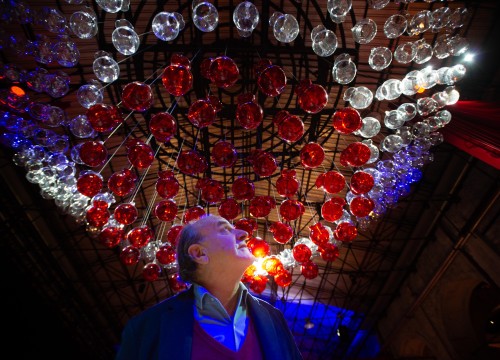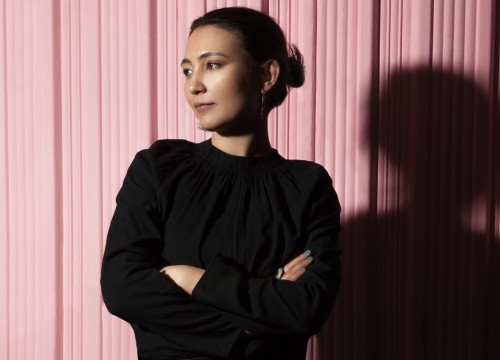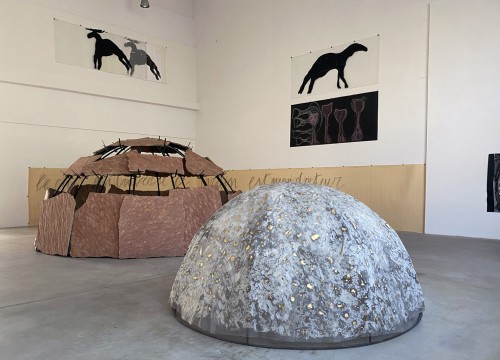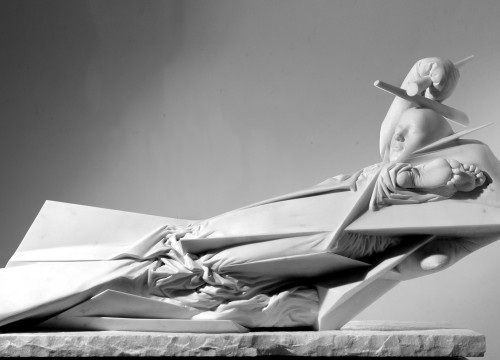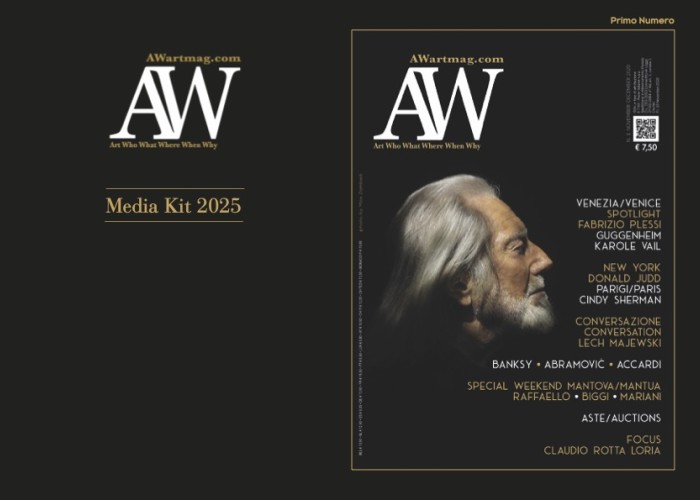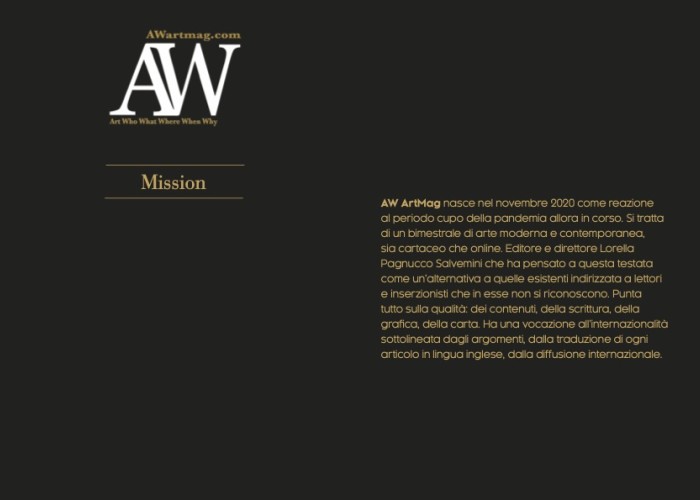"Even an artist can slice salami"
In the autumn of 1967 Andy Warhol was interviewed by the critic Gene Swenson for the magazine “Art News” and when asked why he started painting Campbell’s Soup cans, he answered: « Because I used to drink it. I used to have the same lunch every day, for twenty years, I guess, the same thing over and over again. Someone said my life has dominated me; I liked that idea». First with paintings and later just putting his signature directly on Campbell’s soup cans, Warhol showed how he was able to transform an advertised commercial item in an artistic ready-mad object, presenting to the eyes of the observer an artificial new product that was an expression of the aesthetic use of reality. Due to its simplicity and its quick preparation, Campbell’s Soup was Warhol’s favorite meal. When in 1977 Warhol was invited to take part to the show/event Artists’ cookbook at the Museum of Modern Art in New York, where 155 original receipts proposed by thirty famous artists were offered to the visitors, Warhol seemed to unwillingly play the part of the chef.
Actually, his gastronomic performance was very quick: he opened the tomato soup with a skillful confidence; he poured it in a small saucepan; he diluted it with milk and he put it on the fire just before serving it warm, following to the letter the recipe on the Cream of Tomato Soup’s label, that he later wanted to be written down on MoMA’s catalogue. Warhol claimed he’d rather be a housemaker than a chef and said he never wanted to influence popular imagination with his (inexistent) cooking skills. And when asked how he lived the fact of being described as the undisputed master of pop art even in the kitchen, he answered with an indignant look on his face that even an artist can slice salami but, if he only have had a little more strength, he «would have stayed home cleaning».






